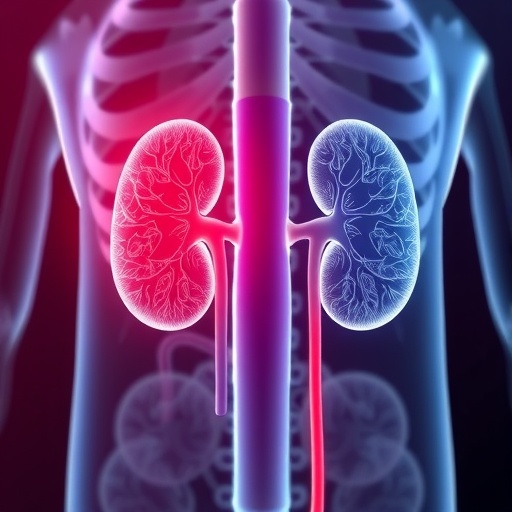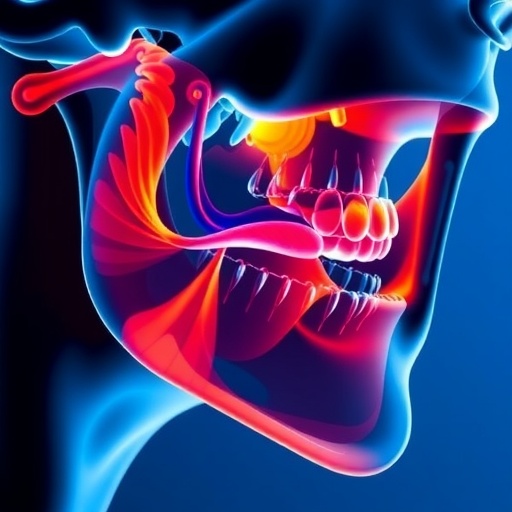Credit: JH Son, PG Jablonski, SI Lee
Water striders spend all their life on the surface of water, and the secrets of their ability to "skate" on the water surface have been discovered more than a decade ago. It is only recently that scientists began to study the biomechanics of nearly vertical jumps that water strider perform on water surface to escape from underwater predators such like fishes or backswimmers (Koh and Yang et al. Science 2015). But do they always succeed? The Asian proverb says, even monkeys fall from the trees! Would the water striders know when they are not going to jump so well? In the newest issue of Nature Communications, a team of biologists and engineers from Korea and Poland shows that water striders seem to know when they break the water surface and adjust their leg movements so that this does not happen.
Using slow motion video recordings of jumping insects (attached here and also available on YouTube), Jae Hak Son, Sang-im Lee and Piotr Jablonski made detailed descriptions of leg movements of nearly vertical jumps of water striders. Based on these data, Eunjin Yang and Ho-Young Kim built a mathematical model to explain jumping mechanics. Using this model, the researchers predicted the jump-speed maximizing behavior of several water strider species with a range of body sizes and leg morphologies and verified the predictions with the actual data.
The study reveals that jumping water striders behaved as if they "knew" when the water surface may be broken. Normally, the midlegs and hindlegs of the water striders provide the main support without breaking the surface layer of water. Small dimples are visible under each leg because the water surface is pushed against the body weight. When water striders jump upwards, they push downward the water surface further and the dimples quickly become deeper and deeper. As long as the dimples are not broken, the legs are supported on the water surface and push the body upwards making the quick jump possible. But, if the legs move too fast and too deep, then the dimple is broken and therefore the support on the water surface is lost. This makes the jumps slower, and the escape from predators less effective. Using a mathematical model, the researchers calculated for a the range of insect body sizes and leg morphologies the critical leg speed beyond which the dimple is predicted to break. The actual leg movements of these species of different body weights and morphologies were JUST below this critical thresholds. Hence, the insects move their legs fast, but just not too fast, in order to maximize the jump speeds.
It is now yet known if this precise adjustment of leg movements is based on individual learning or innate or "hard-wired" ability.
###
A video clip illustrating a vertical jump is here
Contact persons:
PG Jablonski: [email protected]
HY Kim: [email protected];
Additional video clips released earlier in our research on water striders are here:
https://www.youtube.com/watch?v=cDwGRyFiNoM
https://www.youtube.com/watch?v=4Sr0im-umSU
https://www.youtube.com/watch?v=GLy7Obl6jLc
Media Contact
Piotr Jablonski
[email protected]
82-103-239-1959
http://www.behecolpiotrsangim.org/index.php
############
Story Source: Materials provided by Scienmag




